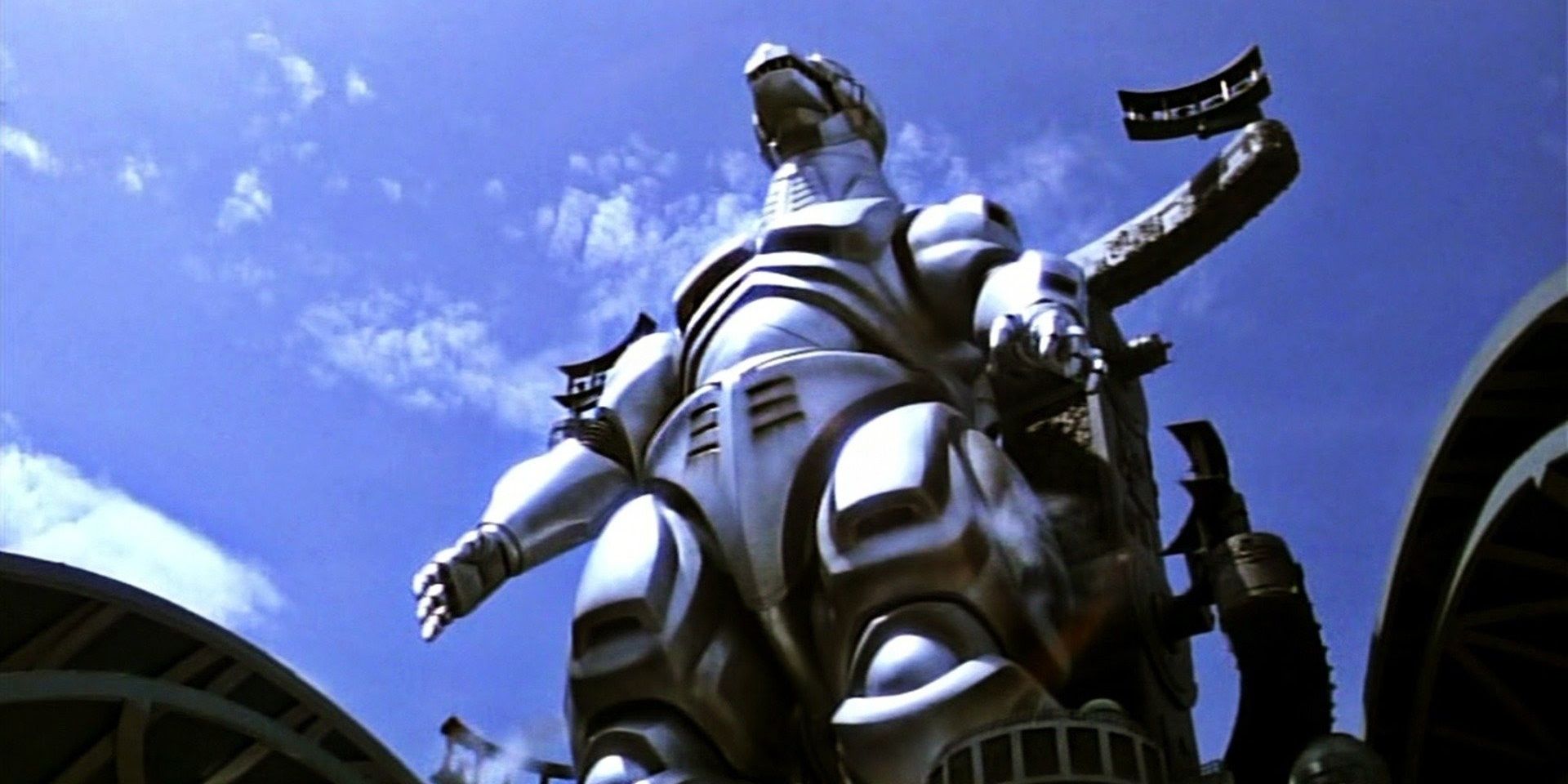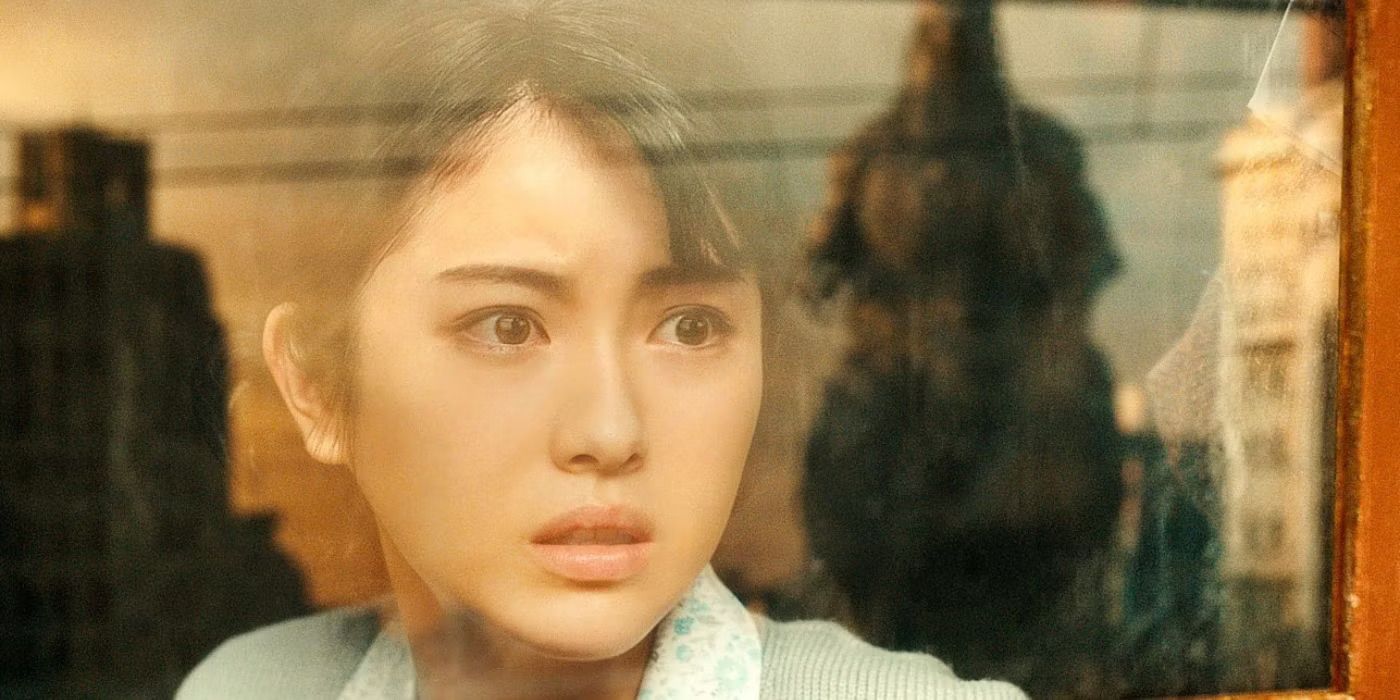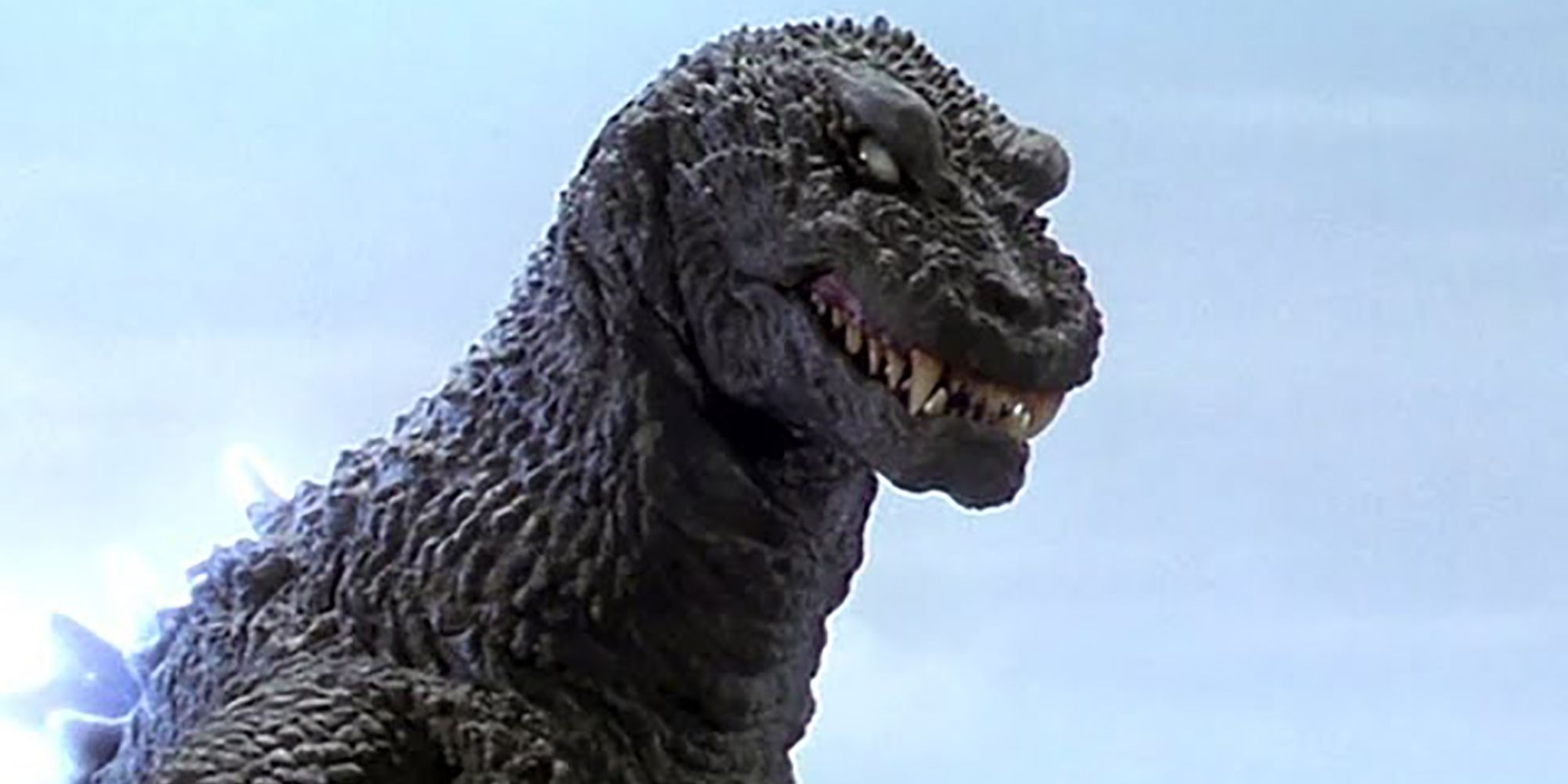Godzilla is a very special creature. He's a sleeping dinosaur who suffered tremendous exposure to nuclear radiation. His design is iconic now, but he'd be an interesting character to introduce to the public today. Throughout the franchise, Godzilla has developed and exhibited countless unique abilities. He can exhale radioactive lasers, emit destructive pulses, manipulate magnetism, heal from anything, and potentially destroy the planet in one fell swoop. He's so special and important that trace elements of his DNA, nicknamed G-Cells, can radically alter their environments.
Godzilla has a lot of enemies from a lot of different places. Alien invaders frequently send conquered creatures to Earth to kill everyone, prompting Godzilla to rise from the sea and fight. Some beasts woke up after nuclear tests like Godzilla, though they tend to be less understanding about it. Humans often make the kaiju through their hubris and ineptitude. Intentional giant monsters are much less common, but people do sometimes slap together their own would-be saviors. G-Cells are often a key ingredient when humans try to make monsters.
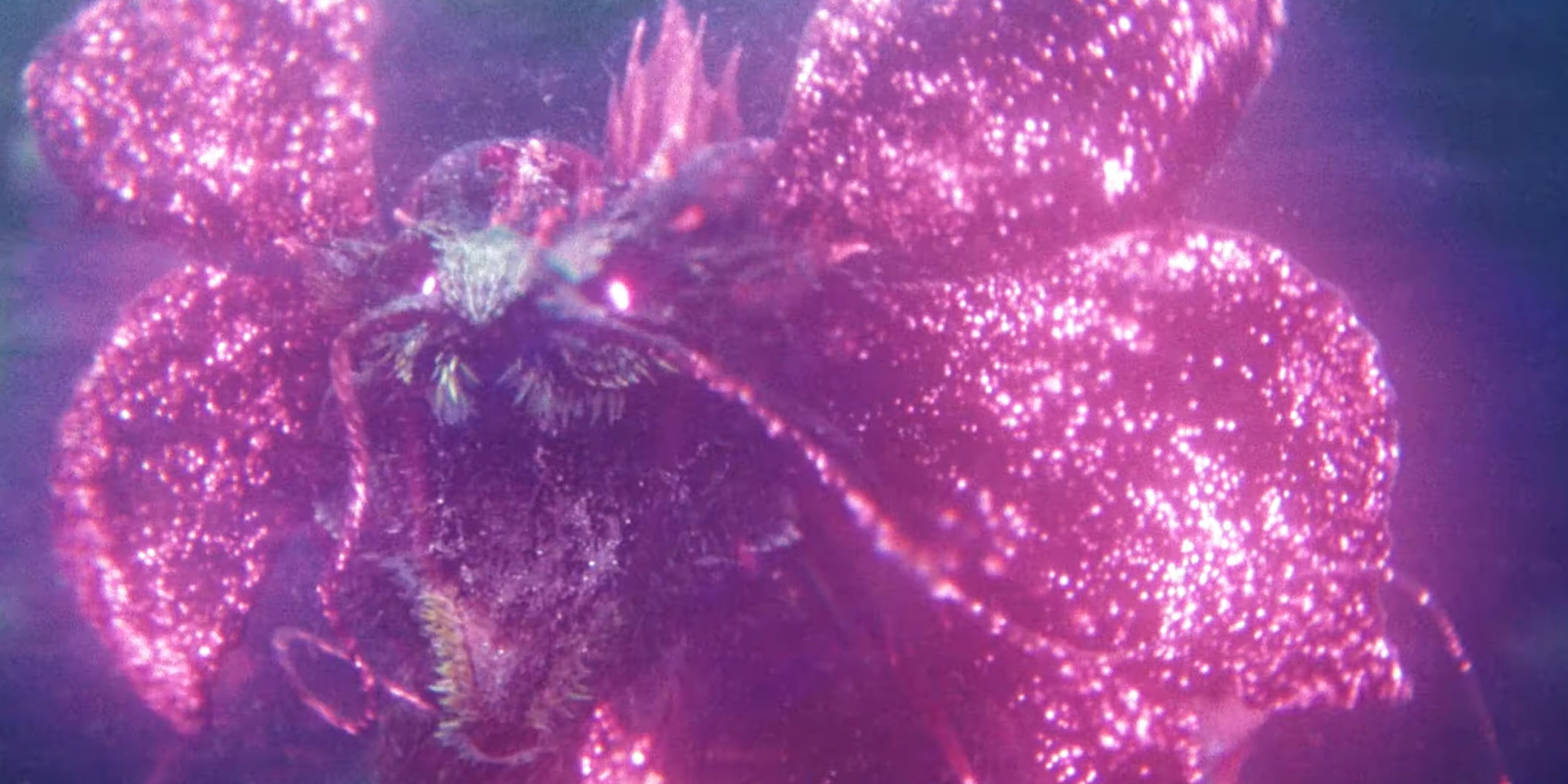
Godzlla x Kong: Who is Tiamat?
This sea serpent kaiju briefly appears in Godzilla x Kong, but she brings more to the table than her untimely death and resulting color change.
What are G-Cells?
G-Cells are Godzilla's cells. They're the smallest measurable unit of the King of the Monsters' DNA. The term "G-Cells" emerged in Godzilla vs. Biollante, and it's become something of an all-purpose descriptor for Godzilla's genetic material. G cells, without a hyphen, are the cells in the human stomach that handle the production and secretion of gastrin. There appears to be no relation. Godzilla's G-Cells possess a tremendous amount of nuclear radiation. His body consistently emits radioactive power, but his unique cell structure allows him to absorb and consume endless energy from various sources. G-Cells contain a mysterious substance called Organizer G-1. G-1 allows Godzilla to instantly heal from almost any wound. Though the films don't share much about Organizer G-1, it seems to promote consistent cell division that can quickly knit together damage and leave Godzilla unharmed. G-1 can enhance a being with similar traits, but it also severely mutates anyone or anything exposed to its unique qualities.
G-Cells in the Heisei era
In the Heisei (and early Millennium) era, G-Cells provided a genetic basis for multiple Godzilla antagonists. The premise emerged in Godzilla vs. Biollante. After Godzilla attacked Tokyo in 1984, scientists all over the world sought to study any remnant of the massive monster. G-Cells became a hot commodity, prompting fights between companies and governments. Geneticist Genichiro Shiragami lost his daughter, Erika, in a terrorist attack. He blended her DNA with a rosebush to keep her spirit alive. When he faced the risk of those roses dying in an earthquake, he quickly injected G-Cells into a single flower. This flower contained some of Erika's consciousness and Godzilla's radioactive DNA. It gradually mutated into a towering plant monster called Biollante. Terrorists accidentally free Biollante, allowing her to fight Godzilla twice. Biollante loses both bouts, but she survives the encounter by breaking into spores and becoming a satellite-like rose in Earth's orbit.
Sometime later, a new kaiju from outer space arrived on Earth. It closely resembled Godzilla, despite some new abilities and physical traits. Its first encounter with a human-crafted robot called MOGUERA allowed scientists to study the new monster's DNA. They discovered that this beast was a genetic clone of Godzilla, and they dubbed it SpaceGodzilla. SpaceGodzilla was likely spawned from a few cast-off cells from Biollante when the giant rose escaped Earth. Those cells probably entered a black hole, assimilated some sort of crystaline organism, and experienced rapid evolution after absorbing the energy of a dying star. SpaceGodzilla fights MOGUERA and Godzilla, eventually succumbing to their combined might. He also split into countless spores and escaped the planet.
Finally, Godzilla's G-Cells contributed to an obscure creature called Orga. Orga got his name from Organization G-1, which provides him with most of his powers and traits. Orga is a collection of aliens that combine their bodies into one biomass. Seeking DNA, they briefly restrain Godzilla and absorb some G-Cells. This causes their collective body to mutate out of control, forming a towering, misshapen monster that resembles a melting Godzilla action figure. The resulting beast attempts to kill and consume Godzilla to steal the rest of his cells and become perfect. He meets the same fate that most of Godzilla's enemies encounter. Orga's healing factor makes him a mighty foe, but he makes the mistake of attempting to eat Godzilla alive. The King of the Monsters unleashes a nuclear pulse at point-blank range and wins the day. G-Cells have not come up often since then.
G-Cells in Godzilla Minus One
Director | Takashi Yamazaki |
|---|---|
Writer | Takashi Yamazaki |
Stars | Ryunosuke Kamiki, Minami Hamabe, Yuki Yamada, Munetaka Aoki |
Release Date | November 3rd, 2023 |
Runtime | 125 minutes |
The ambiguous ending of Godzilla Minus One left many fans asking questions. The film's hero, former pilot Shikishima, loses his love interest, Noriko, during Godzilla's attack on Ginza. She's presumed dead, but Shikishima receives a message after he successfully defeats his enemy. Entering a hospital room, he finds Noriko injured but very much alive. This gorgeous, sweeping, and seemingly happy ending changes sharply when Noriko reveals a bizarre black wound on her neck. At Godzilla Fest Osaka in 2024, director Takashi Yamazaki admitted that the wound represented G-Cells somehow altering Noriko after her near-death experience. The following scene, the last shot of the film, depicts what's left of Godzilla reviving from a comparatively small chunk of flesh. It's possible that Noriko survived the blast that leveled Ginza thanks to G-Cells and their regenerative properties. There's no telling how this might affect the rest of Noriko's life. A future sequel may have more to say about this idea.
G-Cells are an interesting plot device in the Godzilla franchise. By telling the audience that a being has a little bit of Godzilla inside them, writers can quickly and easily communicate the threat that they pose and the power they possess. Godzilla Minus One could unlock fascinating new dimensions in the G-Cell scientific experiments. Every bit of Godzilla has something special.
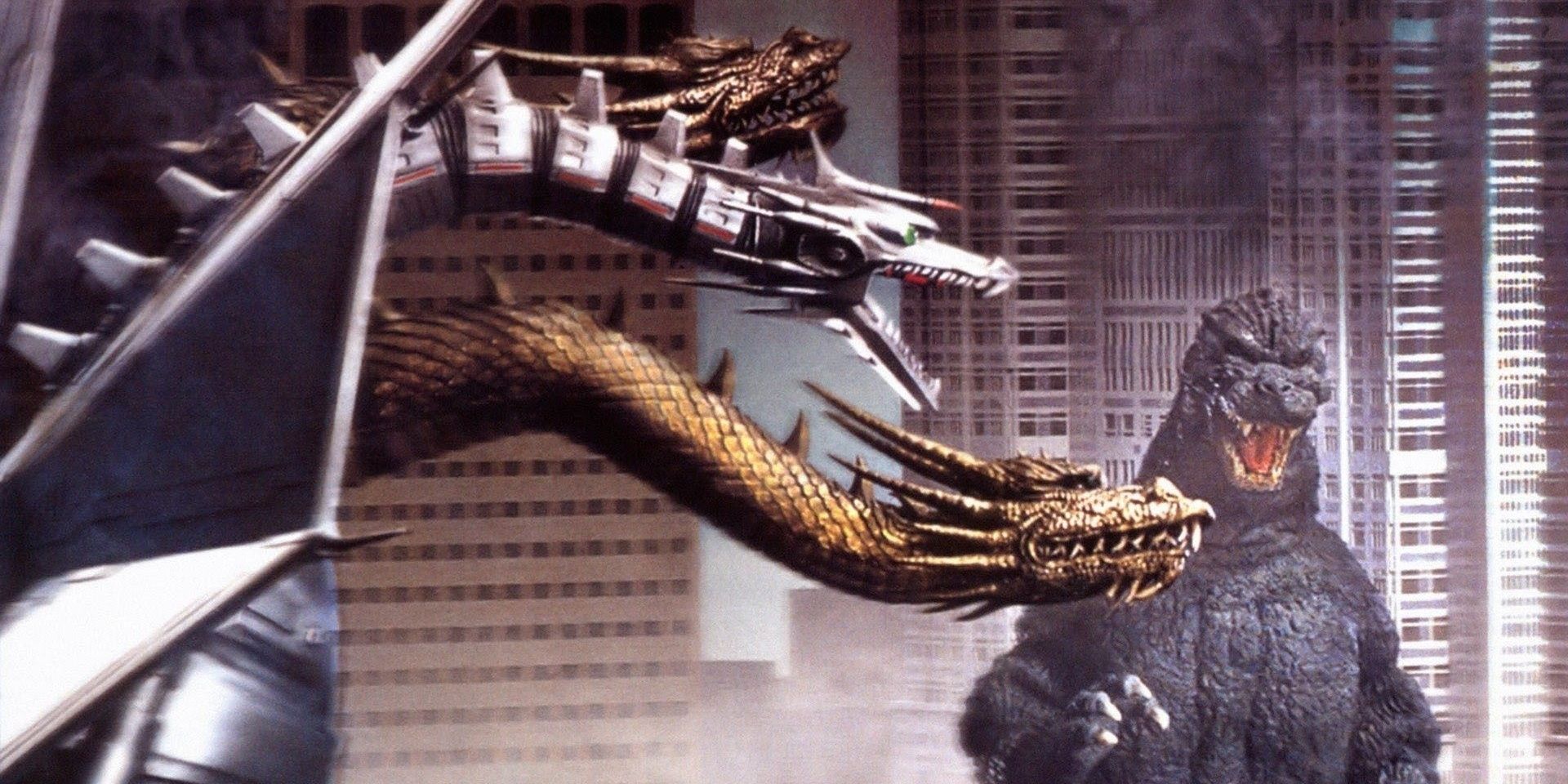
Godzilla: What is Mecha-King Ghidorah?
Godzilla's nastiest nemesis once came back from the dead with incredible cybernetic enhancements, but the Monsterverse missed that step.

